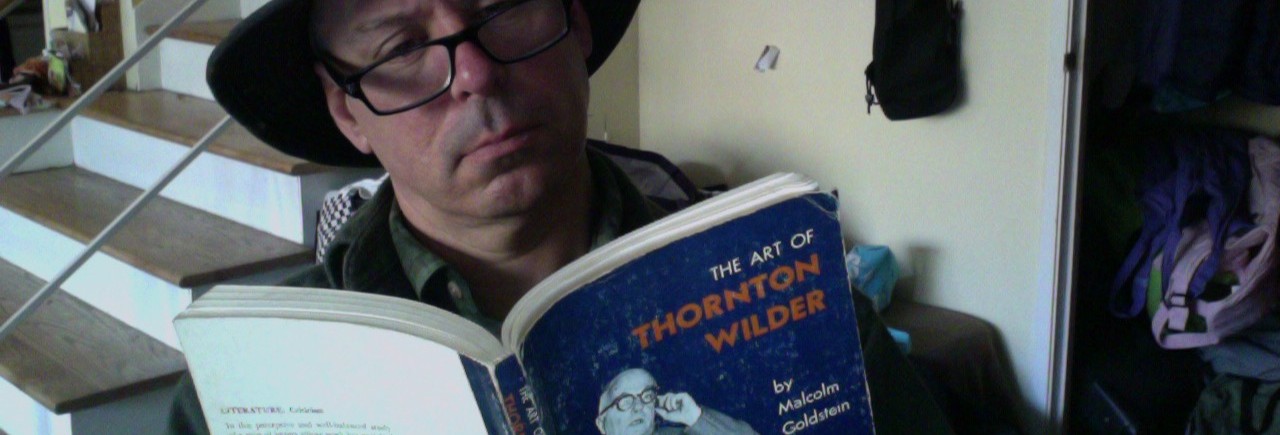The new TV comedy series Selfie, starring the woman who played Amy Pond on Doctor Who, is loosely based on George Bernard Shaw’s Pygmalion (and by extension its more-popular musical adaptation My Fair Lady). Karen Gillan is Eliza Dooley, a modern-day Eliza Doolittle who gets a social-network transformation thanks to marketing specialist Henry Higgs (not Higgins), who’s played by John Cho.
“We’re not friends and I need you to acknowledge that,” Higgs tells Dooley, who responds that it’s OK because he’s gay (which he instantly denies.)
The other main sustaining character from Shaw’s play is Freddy (Giacomo Gianniotti), with the significant difference being that in Selfie, Eliza and Freddy are sleeping together in a not-very-romantic “booty call” relationship.
Selfie is a breakthrough for contemporary TV, as it demonstrates that shows can be based on classic literary characters other than Sherlock Holmes (i.e. House, Sherlock and Elementary) or Dr. Jekyll & Mr. Hyde (Jekyll; Hyde; Jekyll & Hyde; Do No Harm).
But Selfie is hardly the first television opus to have been built from a 20th century stage play. Here, in random order, are a dozen more.
- The Odd Couple. Grand champion of modern stage-to-screen adaptations. There’s the Tony Randall/Jack Klugman version. There’s the Ron Glass/Demond Wilson version. There’s the Spiffy/Fleabag “Oddball Couple” cartoon version. And there’s the forthcoming Thomas Lennon/Matthew Perry version.
- The Front Page. Eighteen episodes in the 1949-1950 season, with the play’s authors Ben Hecht and Charles MacArthur listed as part of the writing staff. John Daly was Walter Burns to Mark Roberts’ Hildy Johnson.
- The Hot L Baltimore. Lanford Wilson’s 1973 ensemble drama became a shortlived sitcom produced by Norman Lear in 1975. It featured one of the first gay couples on any regular U.S. TV series.
- Mama, a hit family series which ran from 1949 to 1957, comes from the film I Remember Mama, which came from the John Van Druten play I Remember Mama, which came from Kathry Forbes’ memoir Mama’s Bank Account. A later Van Druten play, the redbaiting-allegory Bell, Book and Candle indirectly inspired Bewitched.
- You Can’t Take It With You. This ill-advised adaptation of the classic Kaufman/Hart comedy was part of an ambitious slate of syndicated shows that behaved like a mini-network. It starred Harry Morgan as Martin Vanderhof and Lois Nettleton as Penny Sycamore. The first episode was a condensed version of the play, except that it ended with Mr. Vanderhof paying his taxes by sending the IRS a toilet seat. (There’d been a scandal about government overpaying for basic items such as that.) only two other episodes aired.
- 3Some was a web series based on a stage play which was still playing when the internet adaptation launched. Lisa Gifford was the writer, director and star.
- Tyler Perry’s For Better or Worse, which ran on TBS for its first two seasons and OWN for its final (third) season, grew out of two of Perry’s popular stage spectacles, Why Did I Get Married? and Why Did I Get Married Too?
- Bus Stop, based on the William Inge play, ran for 26 episodes in 1961-62, starring Marilyn Maxwell as the owner of a diner in the Rockies. The pilot episode (which aired as the sixth episode of the series) was directly based on the play, with Tuesday Weld as Cherie and Gary Lockwood as Bo.
- Mister Roberts, the Tony-winning play by Thomas Heggen adapted from his own novel, inspired McHale’s Navy and every wacky-ship movie of the 1950s and ‘60s. It also had its own TV series, starring Roger Smith as Roberts and Richard Slattery as Captain Morton. Steve Harmon was Ensign Pulver ( a character which rated his own 1964 film sequel to the 1955 Mister Roberts film).
- Dracula! The play script by Hamilton Deane (later rewritten and John Balderson and others) is what led to the vampire’s cinematic ubiquity. Besides, before he became even better known as a novelist (not just of Dracula but Lair of the White Worm and Lady of the Shroud), Bram Stoker’s was a theater critic, a theater manager, the personal assistant of Henry Irving and a friend of Oscar Wilde. The Dracula TV series starring Jonathan Rhys Meyers (not to mention its related web series Dracula Rising) debuted in October 2013 and was cancelled in May of 2014.
- The Goldbergs—not the current ’80s nostalgia sitcom of that name, but a true phenomenon of mid-20th century pop culture. Goldbergs creator Gertrude Berg used live theater to transition from radio—where her Bronx-based Jewish family sitcom had run for 16 seasons—to television, where it had a separate seven-season run. The radio version had ended in 1946. Goldberg wrote a stage show based on the characters, Me and Molly, which had a Broadway run in 1948. The TV series picked up on that, running on CBS from 1949-51, on NBC from 1952-53, on the DuMont network in 1954 and in syndication from 1955-56. Some of this network-jumping was due to McCarthy-era blacklisting of cast member Philip Loeb. Gertrude Berg retired her Molly Goldberg characters in 1957.
- This list began with Neil Simon and will end with him. Barefoot in the Park, starring Scoey Mitchell and Tracy Reed in roles created onstage by Robert Redford and Elizabeth Ashley, debuted the same month as the better-received Odd Couple. Remarkable, isn’t it, that more Simon shows didn’t become series? There are at least half a dozen obvious possibilities.
And note this: Though he didn’t appear in any of the TV versions, three of the series above are associated with films that co-starred Jack Lemmon: Odd Couple, Mister Roberts and The Front Page. For what that’s worth, Nielsen demographics-wise.
